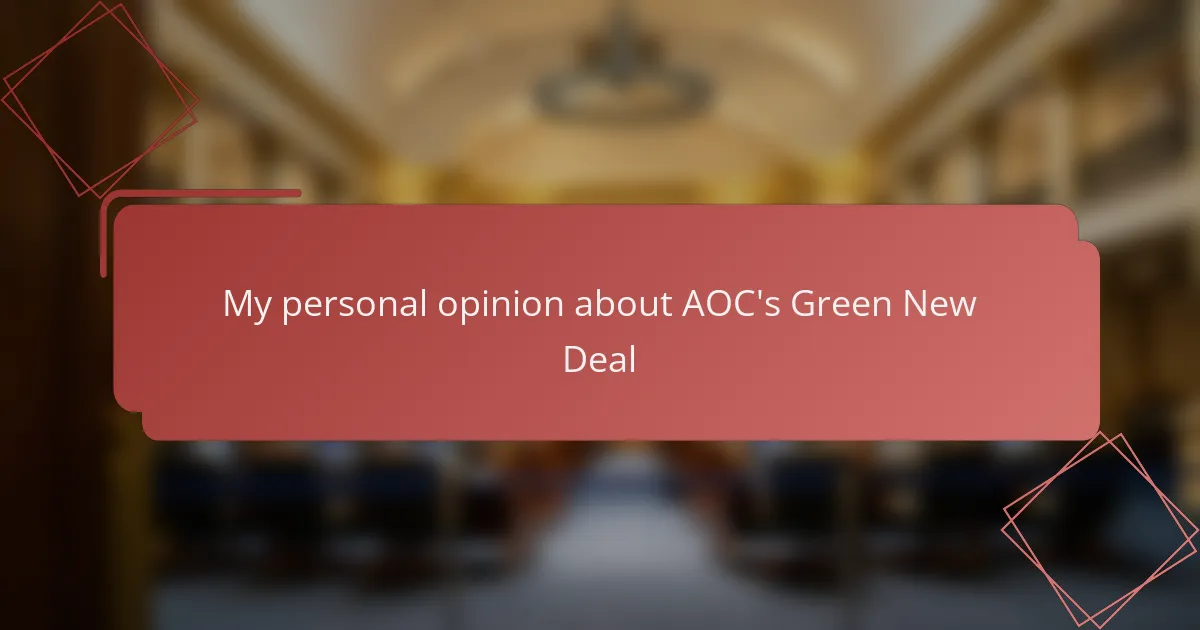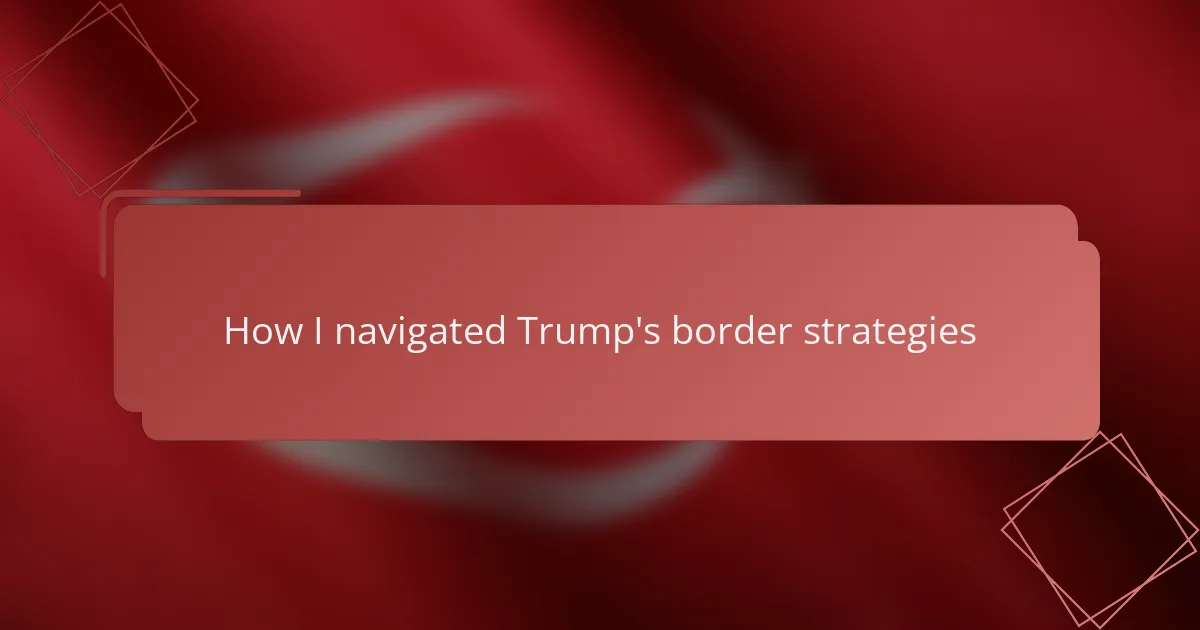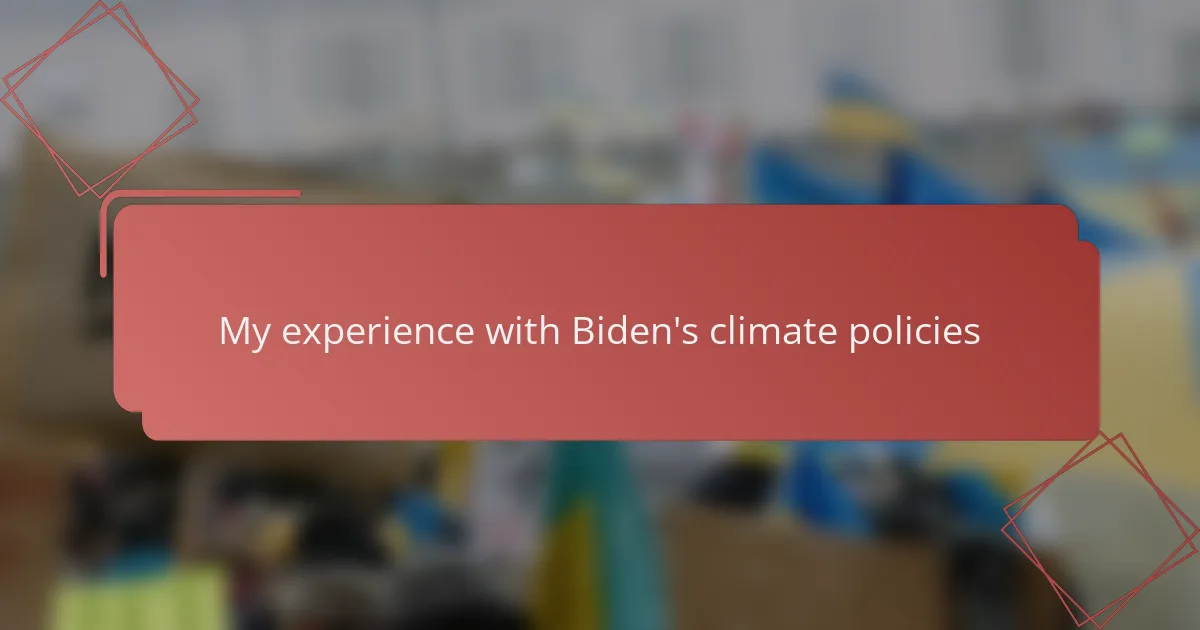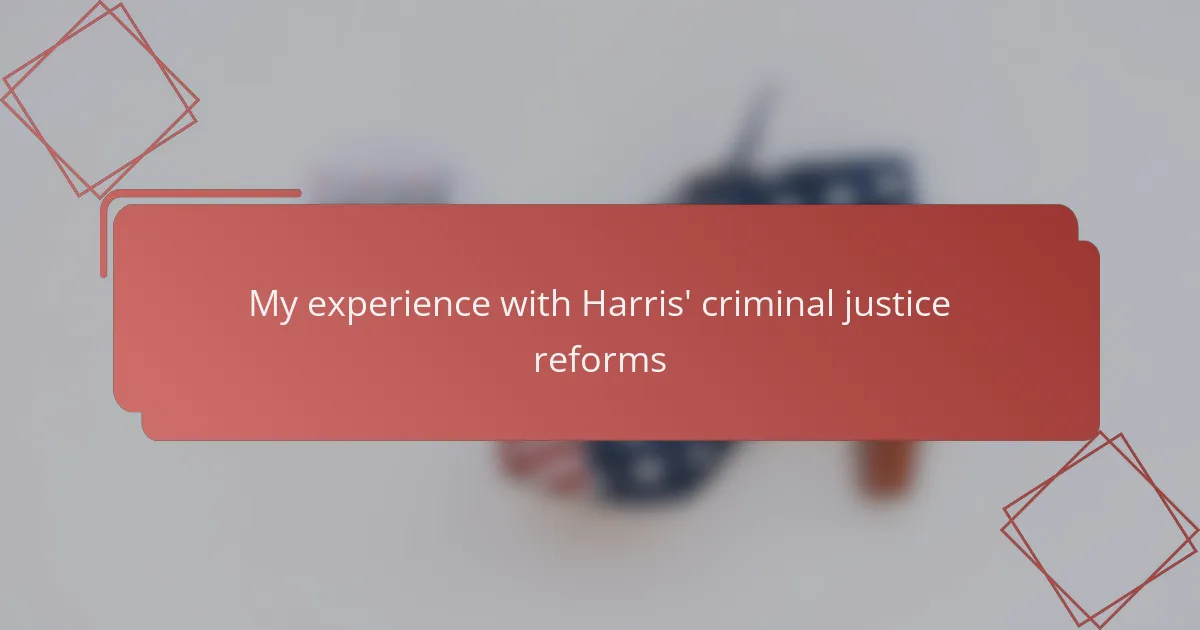Key takeaways
- Political satire reflects the complexities and contradictions in policies like AOC’s Green New Deal, making them more approachable but also emotionally charged.
- The Green New Deal aims to address climate change and economic inequality by promoting renewable energy, job creation, and social justice, but faces skepticism about its feasibility.
- Satirical interpretations often exaggerate the Green New Deal’s ambitions, highlighting public anxieties and misconceptions, and can shape public opinion significantly.
- While satire can engage audiences, it risks oversimplifying complex issues, leading to a disconnect between humor and informed debate.
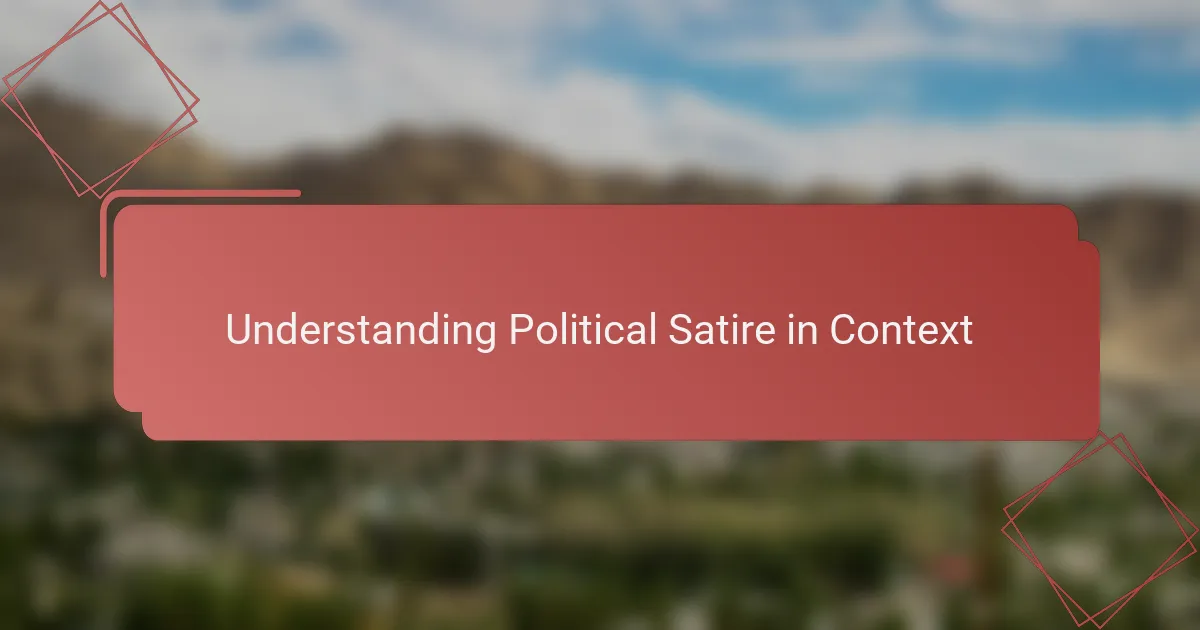
Understanding Political Satire in Context
Political satire always strikes me as a mirror reflecting the quirks and contradictions in our political landscape. When I first encountered satire related to AOC’s Green New Deal, I noticed how humor can reveal both genuine concerns and exaggerated fears, making the complex policy more approachable yet charged with emotion. It’s fascinating how satire can simplify without losing the sharp edge of critique.
From my experience, understanding the context behind satire is crucial. Without grasping the broader political debates and public sentiment around the Green New Deal, the humor can feel confusing or even offensive. That said, here’s what I think are key elements to consider when analyzing political satire:
- Awareness of the policy’s goals and controversies
- Recognition of the satirical devices used, such as exaggeration or irony
- Understanding the target audience’s values and beliefs
- Context of current political climate and media portrayal
- Emotional undertones that satire taps into, like hope or skepticism
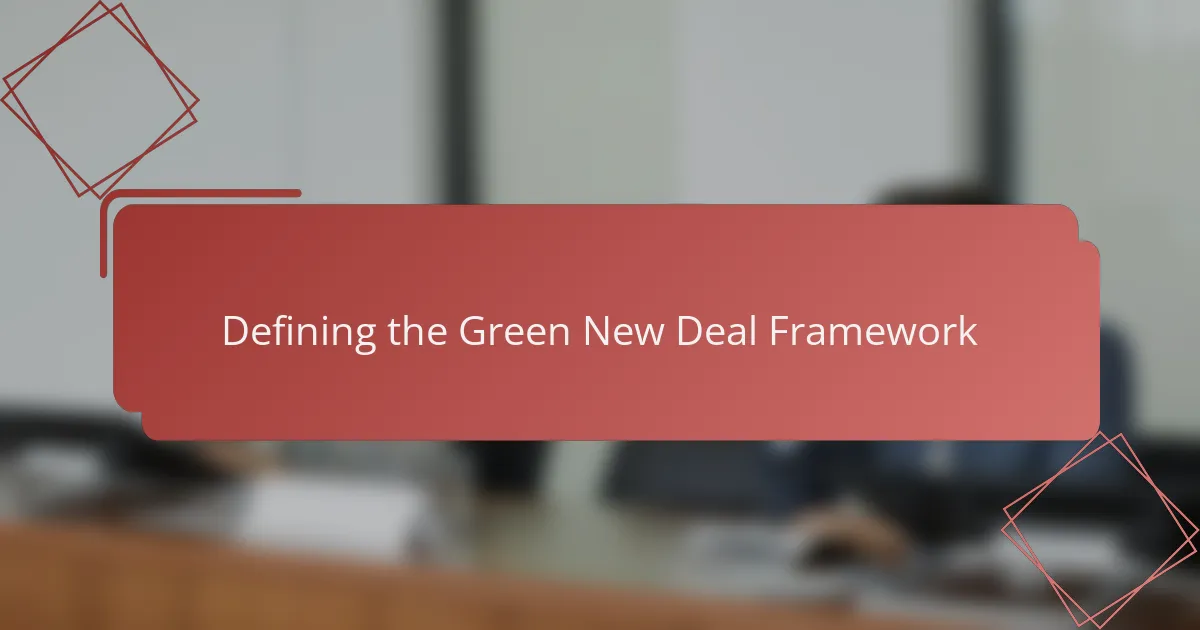
Defining the Green New Deal Framework
The Green New Deal, as I see it, lays out an ambitious blueprint aiming to tackle climate change and economic inequality in one fell swoop. It’s not just about cutting carbon emissions; it’s about reshaping the entire fabric of America’s infrastructure and labor market. When I first read through the proposal, I felt a mix of hope and skepticism—hope because it tackles urgent problems boldly, yet skepticism about whether this vision can realistically be executed without major roadblocks.
What stands out most to me is how the framework combines environmental goals with social justice. It attempts to ensure clean energy progress doesn’t leave any communities behind, which is refreshing compared to past policies that often overlooked the human element. Here’s a quick rundown of the core components I’ve gathered:
- Transitioning to 100% renewable, zero-emission energy sources
- Creating millions of high-wage jobs in clean energy and infrastructure
- Guaranteeing universal access to clean air, water, and affordable energy
- Investing in sustainable agriculture and reducing pollution
- Prioritizing vulnerable communities disproportionately impacted by climate change
- Overhauling transportation to reduce carbon footprints significantly
This list reflects an impressive scope, but it also highlights why the Green New Deal stirs such strong reactions—I can’t help but question the feasibility while appreciating its boldness.
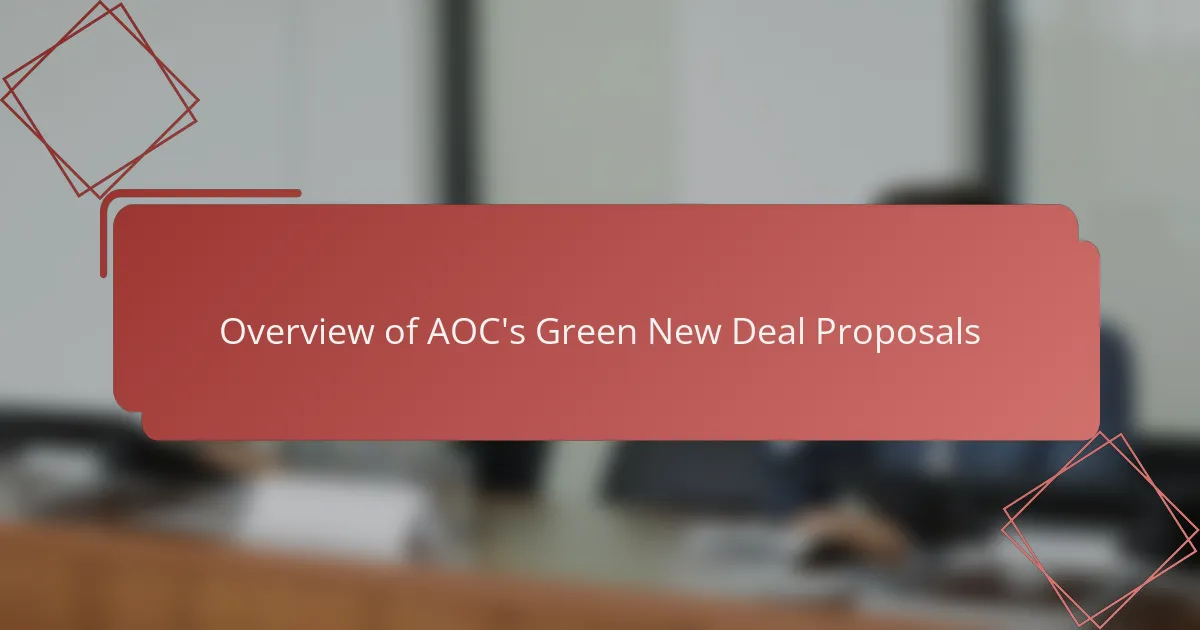
Overview of AOC’s Green New Deal Proposals
Alexandria Ocasio-Cortez’s Green New Deal is undeniably ambitious, aimed at tackling climate change head-on while reshaping the economy. I remember the first time I read through the proposals; it felt like a bold vision for a cleaner future, but also a massive challenge to implement realistically.
The plan includes several key points that reflect its transformative goals:
- Achieving net-zero greenhouse gas emissions within the next decade
- Creating millions of high-wage jobs in renewable energy sectors
- Guaranteeing universal access to clean air and water
- Investing heavily in sustainable infrastructure and transportation
- Ensuring economic security for workers impacted by the transition
Looking at these proposals, I can see both the passion driving the ideas and the scale of effort required. It’s like setting out to change everything at once—which, honestly, feels both inspiring and overwhelming.
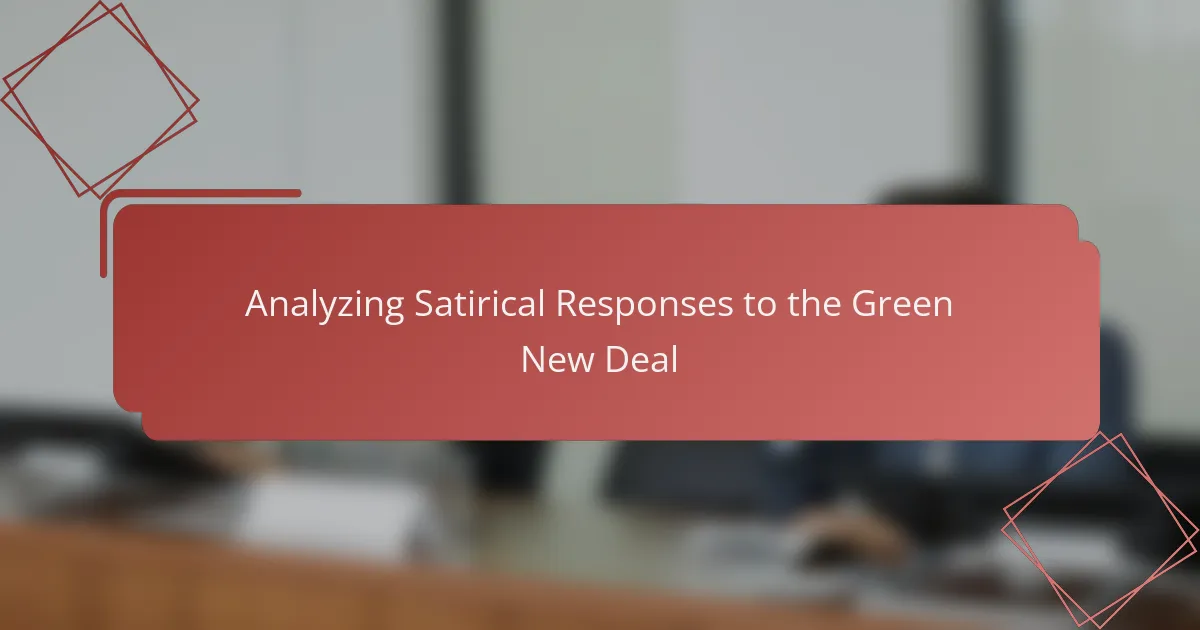
Analyzing Satirical Responses to the Green New Deal
Satirical responses to the Green New Deal often highlight the stark contrast between its ambitious goals and the skepticism it provokes. From my experience, these parodies can be surprisingly insightful, using humor to expose both the idealism and the practical challenges behind the proposal. I’ve seen jokes that cleverly exaggerate timelines or costs, which made me think critically about the feasibility versus the urgency of climate action.
What stood out most to me is how satire captures the emotional divide around the topic—some portray it as a hero’s bold vision, others as an unrealistic pipe dream. This duality resonates because it mirrors the tension I’ve felt discussing climate policy with friends who are optimistic versus those who are cautious.
- Exaggeration of economic costs to highlight public concerns
- Hyperbolic timelines illustrating perceived impracticality
- Caricatures of political figures to mock their commitment levels
- Juxtaposition of utopian environmental ideals with everyday inconveniences
- Use of irony to question who truly benefits from the deal
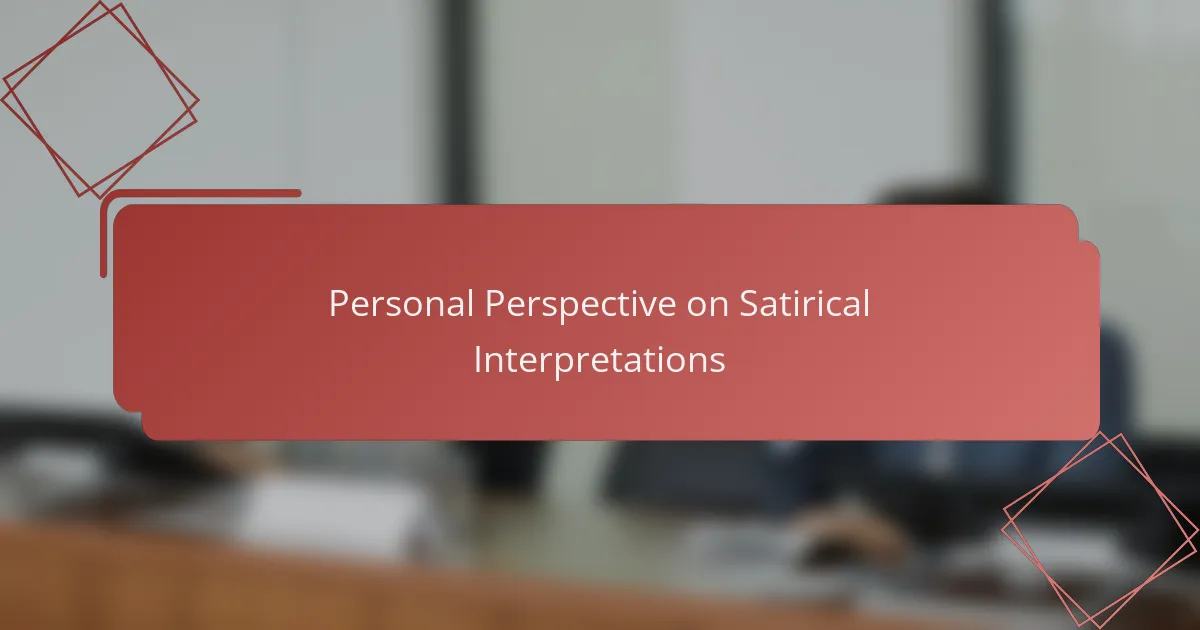
Personal Perspective on Satirical Interpretations
Satirical takes on AOC’s Green New Deal often exaggerate its ambitions, turning well-intentioned environmental goals into punchlines about everything from teleportation to alien invasions. I’ve noticed that while this humor can be entertaining, it sometimes oversimplifies complex policy issues, making it harder for people to truly engage with the debate. When I first encountered these parodies, I felt a mix of amusement and frustration—amusement because satire can be sharp and witty, frustration because it risked overshadowing some serious environmental conversations.
What stands out to me is how satire can reveal underlying public anxieties or misconceptions about bold policy changes. From my experience, these comedic interpretations often reflect fears about economic disruption or government overreach, rather than just poking fun at the plan itself. Here are some common satirical themes I’ve come across that really highlight this dynamic:
- Portrayal of the Green New Deal as an unrealistic fantasy or sci-fi scenario
- Exaggeration of government control, likening it to dystopian regimes
- Jokes about impractical technologies like flying cars or mandatory veganism
- Depictions of massive job losses replaced by “green robots”
- Stereotypes that paint supporters as naïve idealists or radical extremists
These angles don’t just make me chuckle—they also make me think about how satire shapes, and sometimes distorts, the public’s understanding of crucial policy proposals.
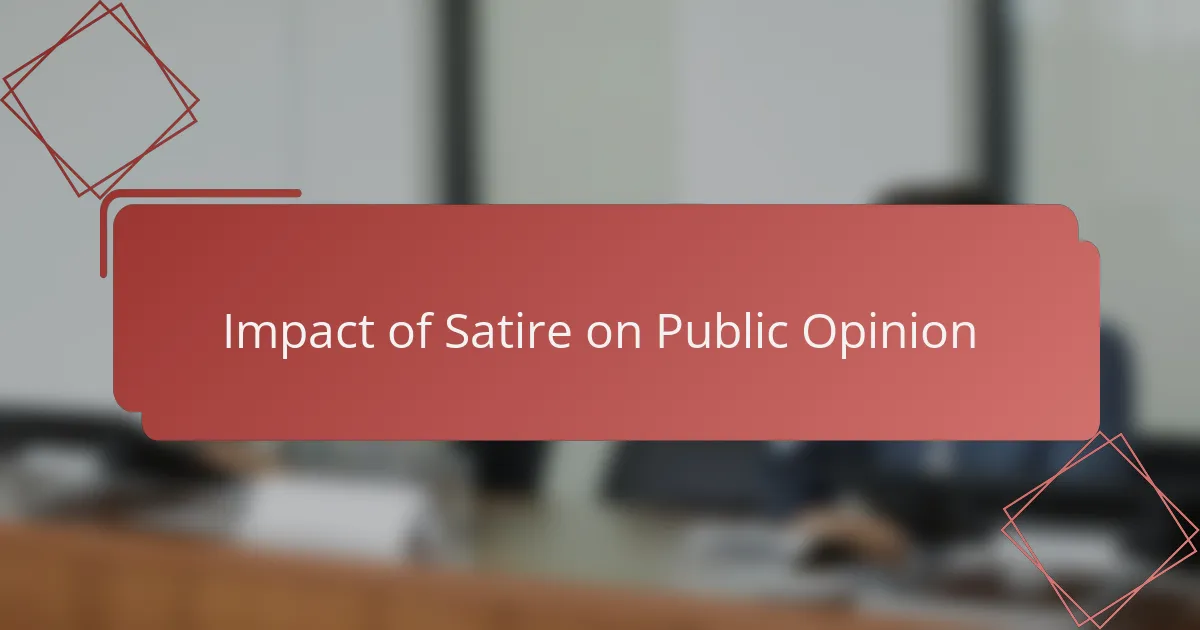
Impact of Satire on Public Opinion
Satire has this curious power to sway how people think, don’t you agree? From what I’ve observed, it often frames complex issues like the Green New Deal in ways that feel accessible but also polarizing. It can make folks laugh while planting seeds of doubt or enthusiasm, which ultimately nudges public opinion in subtle yet impactful ways.
I remember a heated conversation where a satirical skit about the Green New Deal popped up, and suddenly, some friends who were previously neutral started questioning the plan’s realism. That moment made me realize how humor doesn’t just entertain—it shapes perspectives by highlighting fears or hopes many might not openly discuss. So, satire becomes a kind of emotional shorthand for the public’s mixed feelings.
But here’s a question I’ve mulled over: does satire clarify or cloud the real issues? In my experience, the answer isn’t straightforward. While it can cut through political jargon, it sometimes oversimplifies debates, leading people to form opinions based more on jokes than facts. It’s a tricky balance between sparking engagement and fostering misunderstandings.
